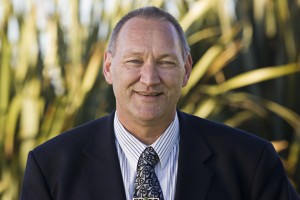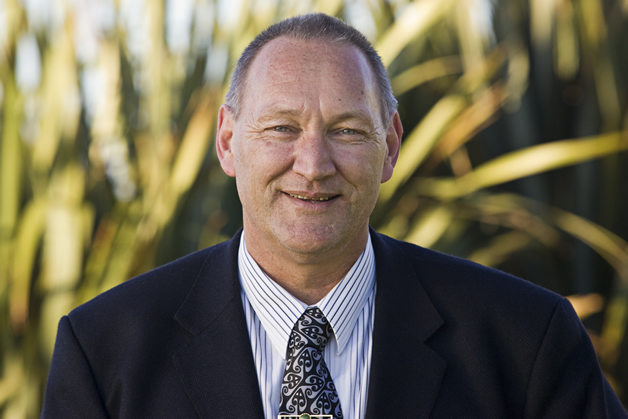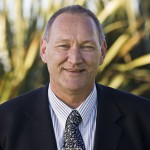 The year has finished on a high note with Hui-ā-Iwi in November and the opening of the rebuilt wharenui at Tuahiwi the following weekend.
The year has finished on a high note with Hui-ā-Iwi in November and the opening of the rebuilt wharenui at Tuahiwi the following weekend.
Hui-ā-Iwi was held across the weekend of 23, 24 and 25 November. Our estimate is that more than 2000 people participated, which is a lot more than we were expecting. Te Taumutu and Te Rūnanga are excited to see the very positive feedback coming in from everyone but in particular our tamariki and rangatahi. We certainly had more of our young people participating in a tribal hui than I have seen for some time – so hopefully that will mean the word will get out and even more young people will participate at our next Hui-ā-Iwi. I enjoyed the fact that there were so many options for our people over the weekend. I know the High Tea was a highlight for our kaumātua and just for the record auntie – I was wearing an apron, not a pinnie!
We’ve been going through the feedback forms and I think that there is a real appetite for this type of format to become a regular feature – maybe every second year. A typical favourite in the programme was Te Atakura with comments such as, “kapa haka was awesome to watch and our kids loved it.” Another young whānau member commented on the great vibe and the chance to see the whānau, as being the aspects he liked best.
The following weekend was the opening of Maahunui II at Tuahiwi. It was great to see a good representation of our Papatipu marae there. Tuahiwi did an awesome job. Their manaaki was amazing. It is a beautiful whare and also the new wharekai is both practical and so modern. Everyone just really enjoyed themselves, enjoyed the day and the entertainment during hākari. A lot of whānau also came back home for this special event, including whānau returning from overseas. The estimate was over 1500 people attended – a huge gathering.
The past four weeks has also been busy in terms of practical decision making. We held both a Te Rūnanga meeting and the annual general meeting just before Hui-ā-Iwi. I hope by now you have received notice of our decision on the relativity mechanism. While Te Rūnanga has decided to uplift the $68.5 million, which the Crown has acknowledged is owing to us under the relativity clause in our original Settlement, we have also decided to enter into a process with the Crown to resolve our issue over what we believe to be some aspects of the calculation that have not been included. As I said in my last pānui, I am not overly concerned with entering a disputes process as I believe it is entirely possible for the matter to be resolved efficiently by an independent third party. If you are interested, there is more information about this matter on the Ngāi Tahu website.
And finally, I wish to again thank all those who have contributed to our vision of Mō Tātou throughout the year. And also, please remember this is often a time of year whānau are under stress, so I urge you all to take care of one another and to support each other.
Meri Kirihimete ki a koe me te whānau.
Ngā mihi,
Mark.

 Ko ngā hau ki ētahi wāhi, ko ngā kai ki Ōrariki.
Ko ngā hau ki ētahi wāhi, ko ngā kai ki Ōrariki. E ngā mana, e aku rangatira, e te iwi whānui, naia anō te mihi kau atu ki a koutou, kei te mihi.
E ngā mana, e aku rangatira, e te iwi whānui, naia anō te mihi kau atu ki a koutou, kei te mihi.